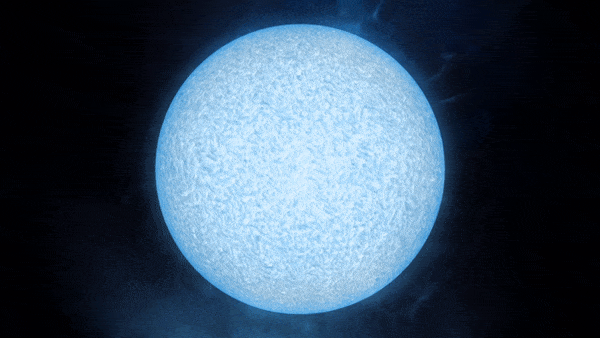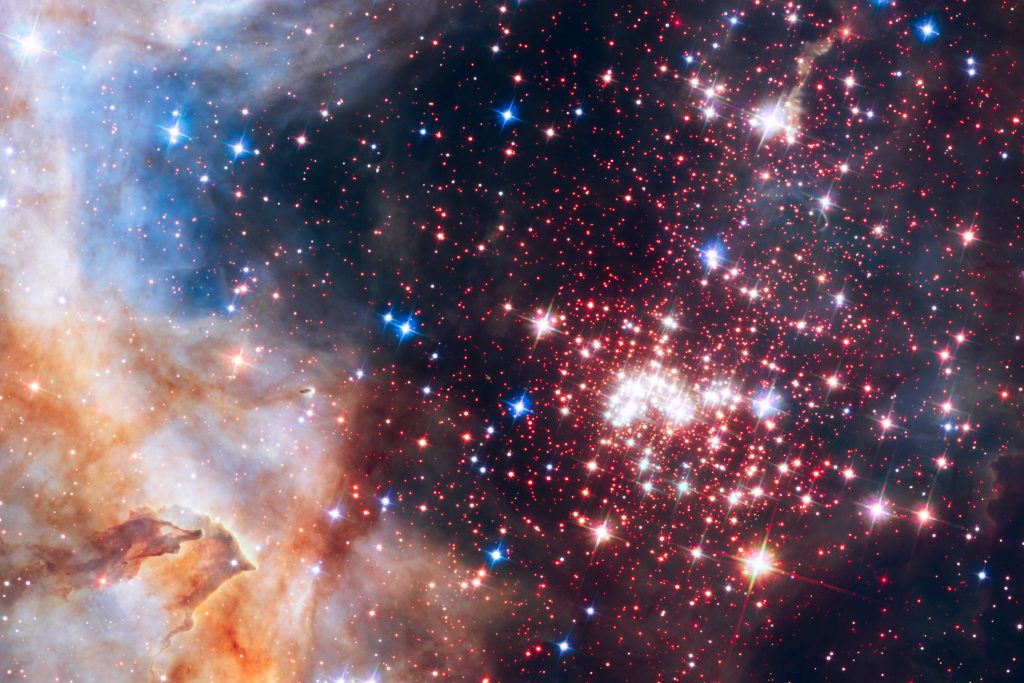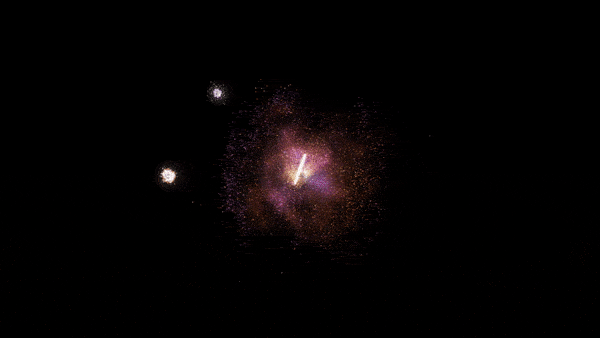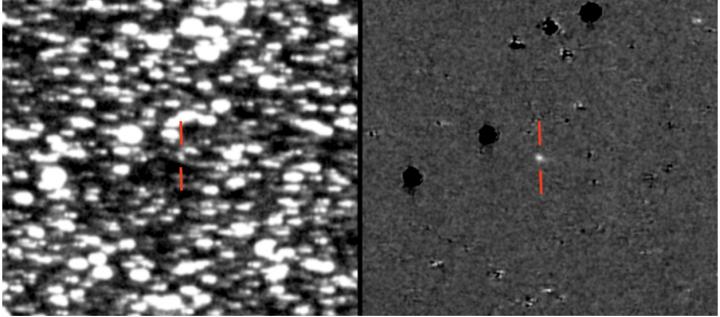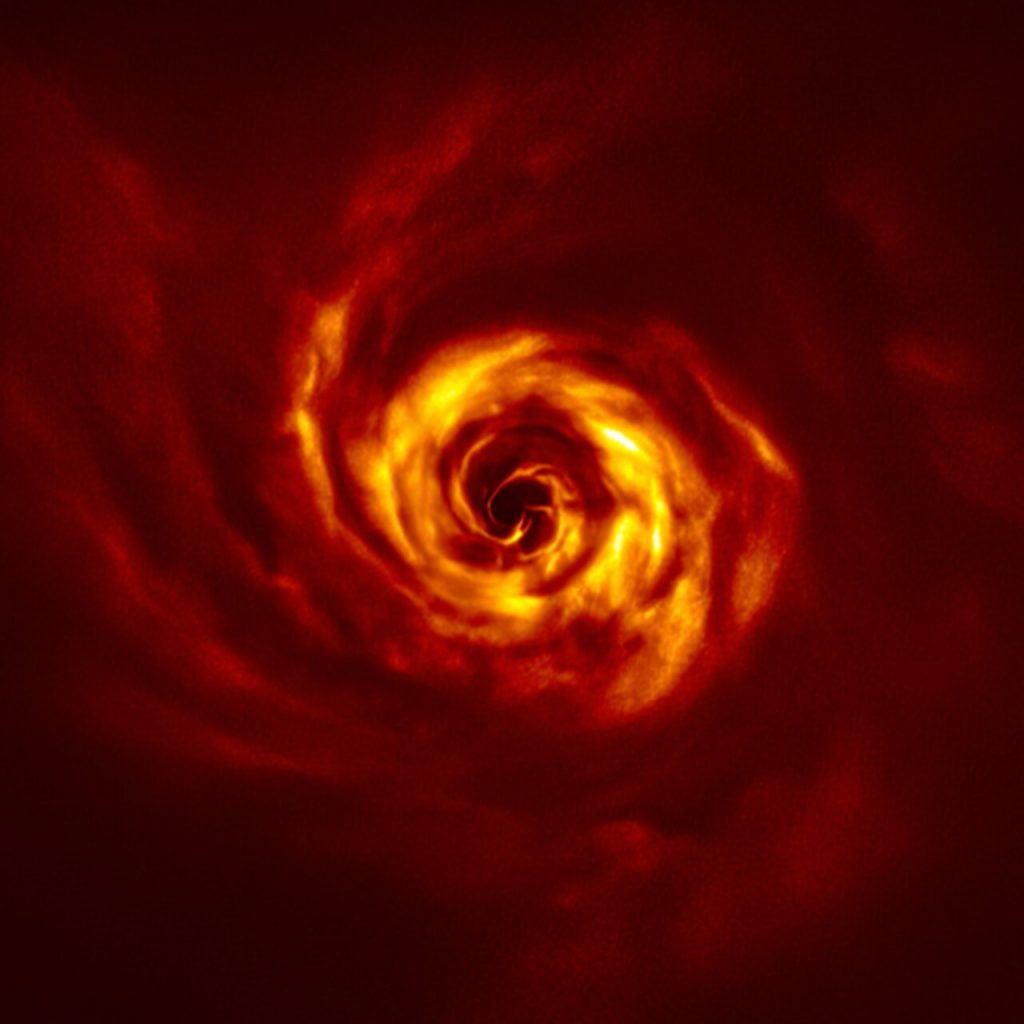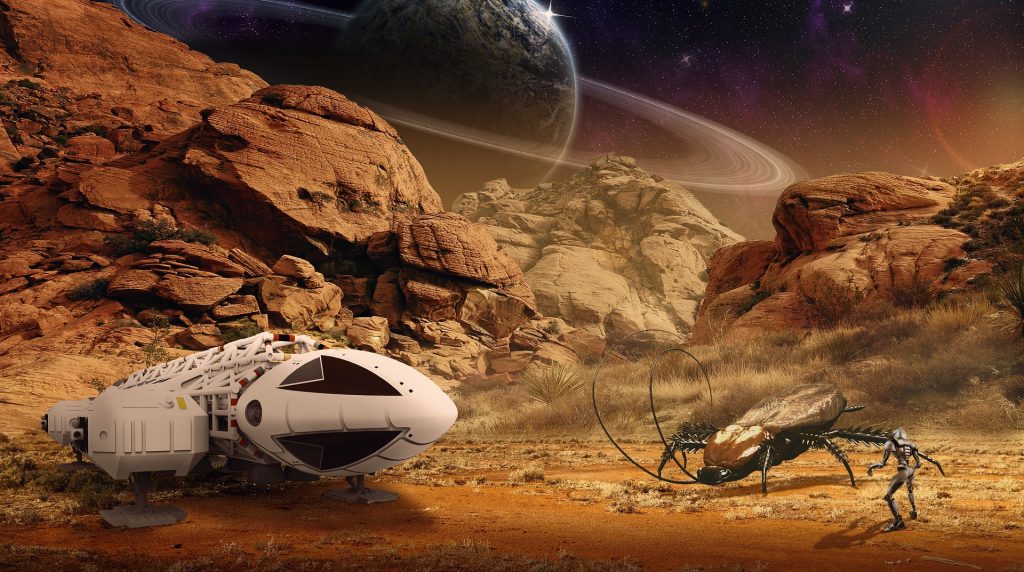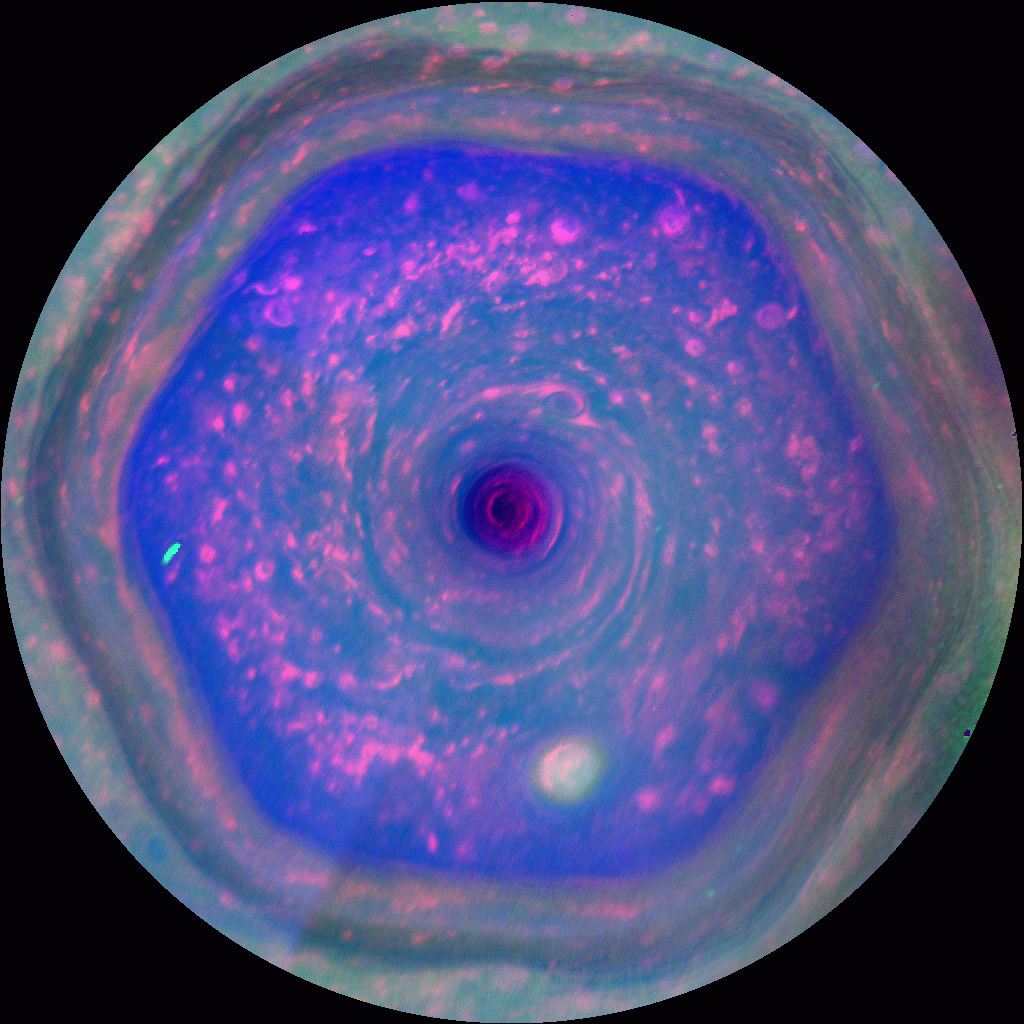Where are the very first stars hiding?
Stars like the Sun are made largely from waste – leftover matter ejected billions of years ago during the death of previous star generations. We know this is the case from their content of heavy elements, their metallicity. When the universe was still young, there was only hydrogen, helium, and a little lithium, nothing else. These elements formed the very first stars a long, long time ago. The first stars are called “Population III” stars, while the current generation, which also includes the Sun, is called Population I. Population I was born from the ashes of Population II, just…

